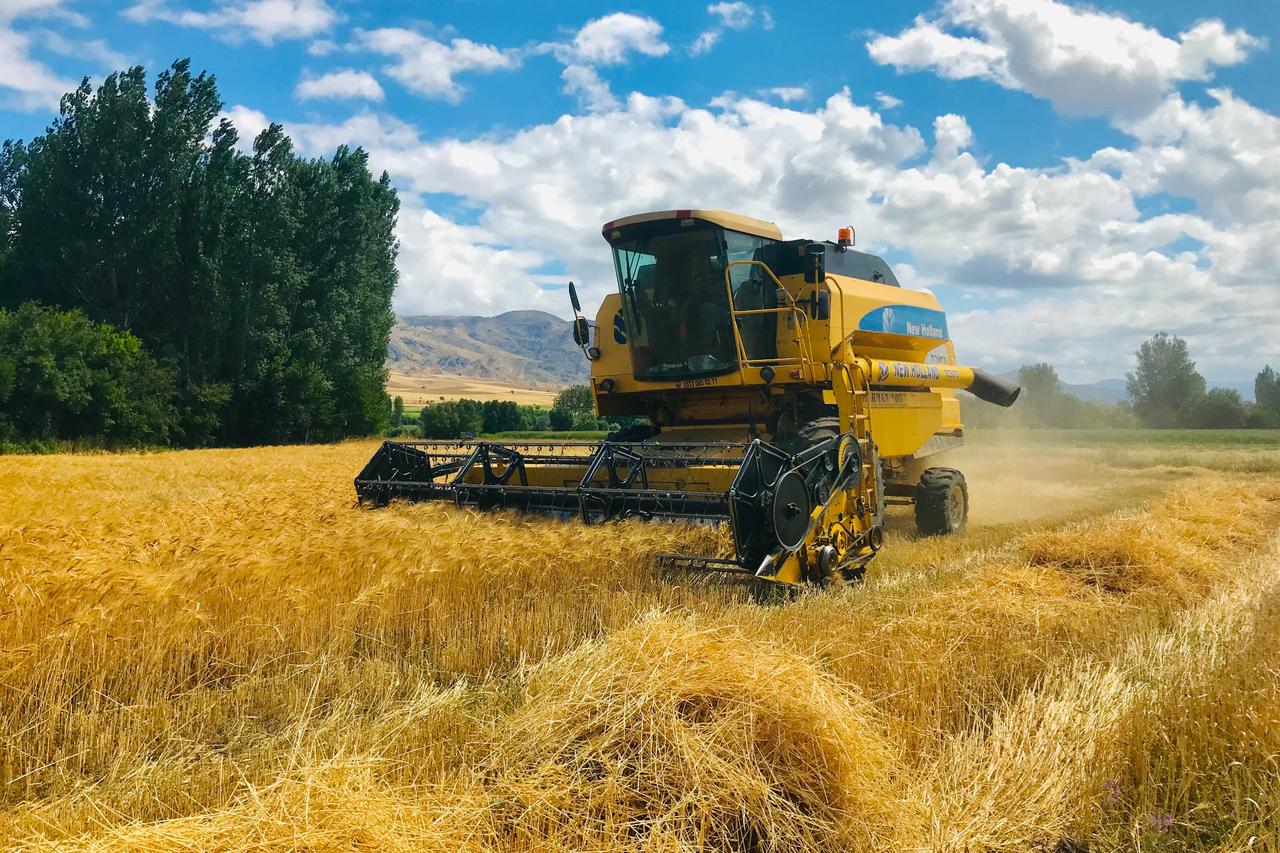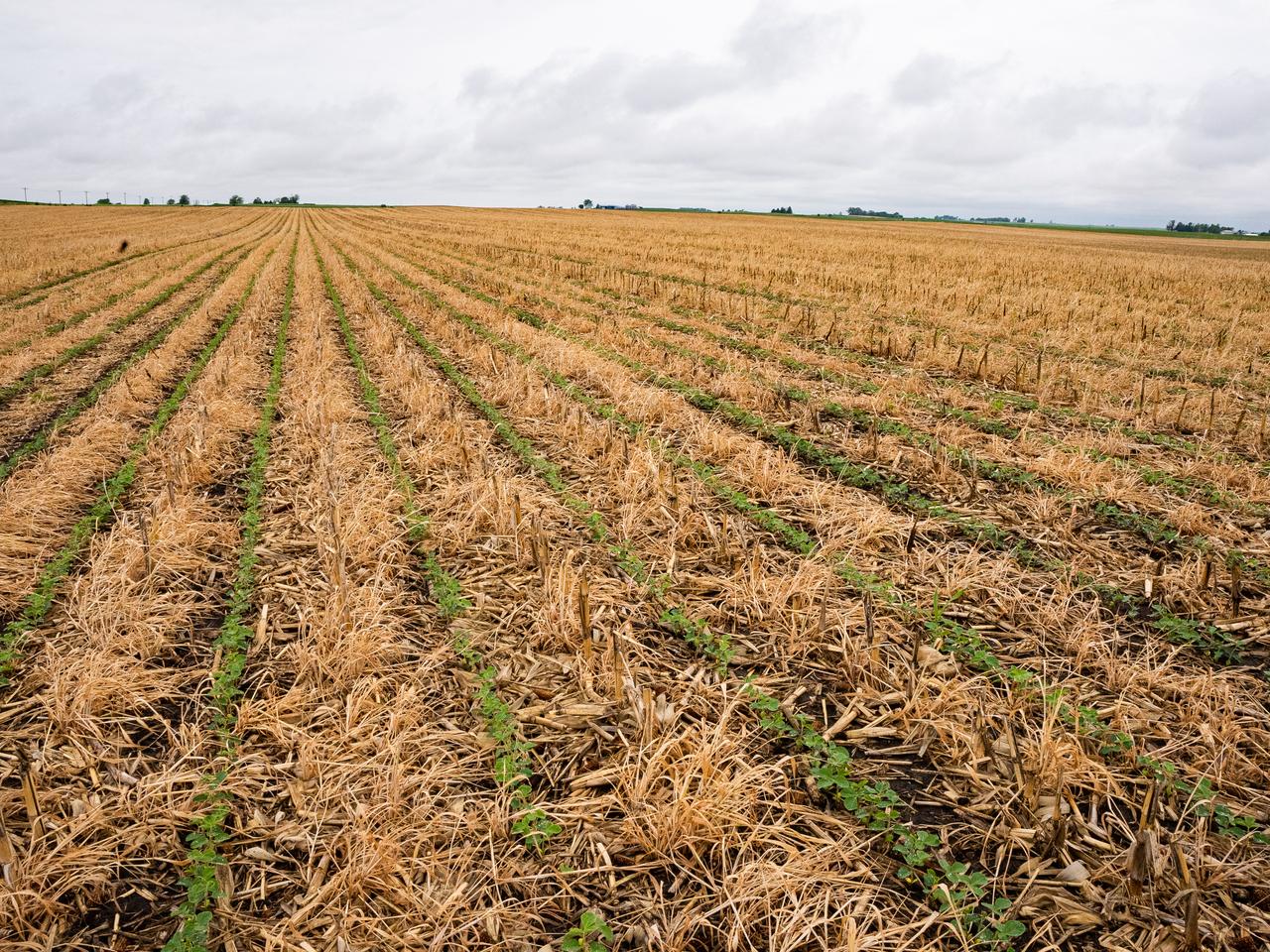
A new study maps how agricultural residues, animal manure and municipal waste could feed modern bioenergy in Türkiye, even as the country still leans on imported fossil fuels for most of its energy needs.
The paper notes that renewables already make up a larger share of the nation’s electricity than the global average, and sets out how biomass could step up if logistics and finance fall into place.
The study points out that renewables account for 36% of Türkiye’s electricity production, compared with 30% worldwide. Renewable generation rose from 34 billion kilowatt-hours (kWh) in 2002 to about 200 billion kWh in 2023, while installed renewable capacity climbed from roughly 12,300 MW to more than 82,700 MW over the same period.
Yet, fossil fuels still dominate the country’s total primary energy supply (TPES), and about 82% of that supply was imported in 2023, underlining exposure to external shocks. TPES means the total energy available to a country from domestic production and imports before conversion losses.

Researchers define biomass as organic material that can be turned into energy through several routes: thermo-chemical methods such as pyrolysis (heating with little oxygen) and gasification (partial oxidation at high temperature), and biological methods such as anaerobic digestion (microbial breakdown that yields biogas).
The paper adds that combustion remains common, especially in cogeneration setups that produce both heat and electricity. Anaerobic digestion typically produces biogas rich in methane; cogeneration is also known as CHP—combined heat and power.
According to the assessment, Türkiye’s main bioenergy inputs are agricultural residues, animal manure and municipal waste. The installed capacity based on biomass stood at roughly 2.1 gigawatts (GW) in 2023.
The authors say modern bioenergy is now part of a broader shift to domestic renewables as demand rises and policymakers try to cut external dependence. Residues include straw, stalks and processing by-products such as husks.
The national strategy cited in the study targets at least 60% of electricity and 12% of transport energy from renewables by 2030, alongside a plan to reduce energy consumed per unit of GDP by at least 40% by that date.
Within this, biomass is flagged as a key contributor, with a previously stated production target of 2,000 MW by 2023. In transport fuels, the paper reports that bioethanol reached 896 ktoe and biodiesel 1,320 ktoe in 2023. ktoe stands for thousand tonnes of oil equivalent, a standard energy unit.
Because up-to-date, reliable prices for selling heat are not available, the authors limit their financial viability checks to electricity-only projects. Using a standard net present value (NPV) approach at an 11% discount rate, they show that projects become more attractive as feedstock energy content and plant scale go up, and when feedstock costs stay lower.
The cost examples in the paper use feedstock at $20 per ton to illustrate how total annual costs and NPV shift across plant sizes. NPV discounts future cash flows to judge profitability in today’s terms.
| Trade commodity | Export quantity (tons) | Export value (1,000, $) | Unit export price ($/tons) |
|---|---|---|---|
| Hazelnuts | 624,124 | 5,344,624 | 8,566 |
| Wheat Flour | 7,584,212 | 3,517,896 | 464 |
| Food Preparations | 764,216 | 2,191,154 | 2,864 |
| Nuts | 420,320 | 2,584,265 | 6,142 |
| Pastries | 564,720 | 1,374,568 | 2,432 |
| Raisins | 675,230 | 1,946,784 | 2,876 |
| Chocolate | 354,169 | 1,106,424 | 3,124 |
| Tomatoes | 1,876,426 | 1,424,214 | 764 |
| Chicken Meat | 583,214 | 1,018,292 | 1,746 |
| TOTAL | 13,446,631 | 20,508,221 | 2,978 |
Agricultural Trade Table - Key Commodities, 2020. (Source: Bayraktar (2025). “Agricultural Bioenergy in Turkey,” BioResources 20(4), 8695-8712/Edited by Koray Erdogan / Türkiye Today)
The paper underlines a fragmented farm structure—about 3.1 million households cultivate 23 million hectares—with 58% working plots under 4.9 hectares and only 2% operating more than 50 hectares. That layout, the authors say, makes it harder to gather and move residues at scale.
Their method also factors in soil needs and current uses before counting residues as truly available, so as not to strip fields of material that should be left in place. Logistics, sustainability and financing come through as the main hurdles to unlock more biomass.
The study finds that high-efficiency technologies and higher-energy feedstocks matter most for profitable plants. It also notes that biomass can work in CHP systems—first generating electricity from steam, then using low-pressure steam for space heating or industrial processes—and suggests routing residues from processing facilities to nearby factories, while farm-sourced biomass can feed autonomous systems that send power to the grid.